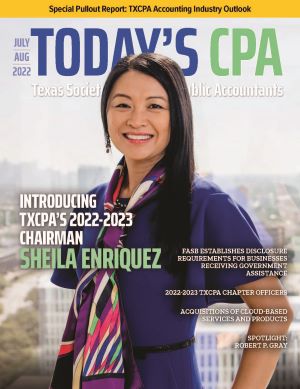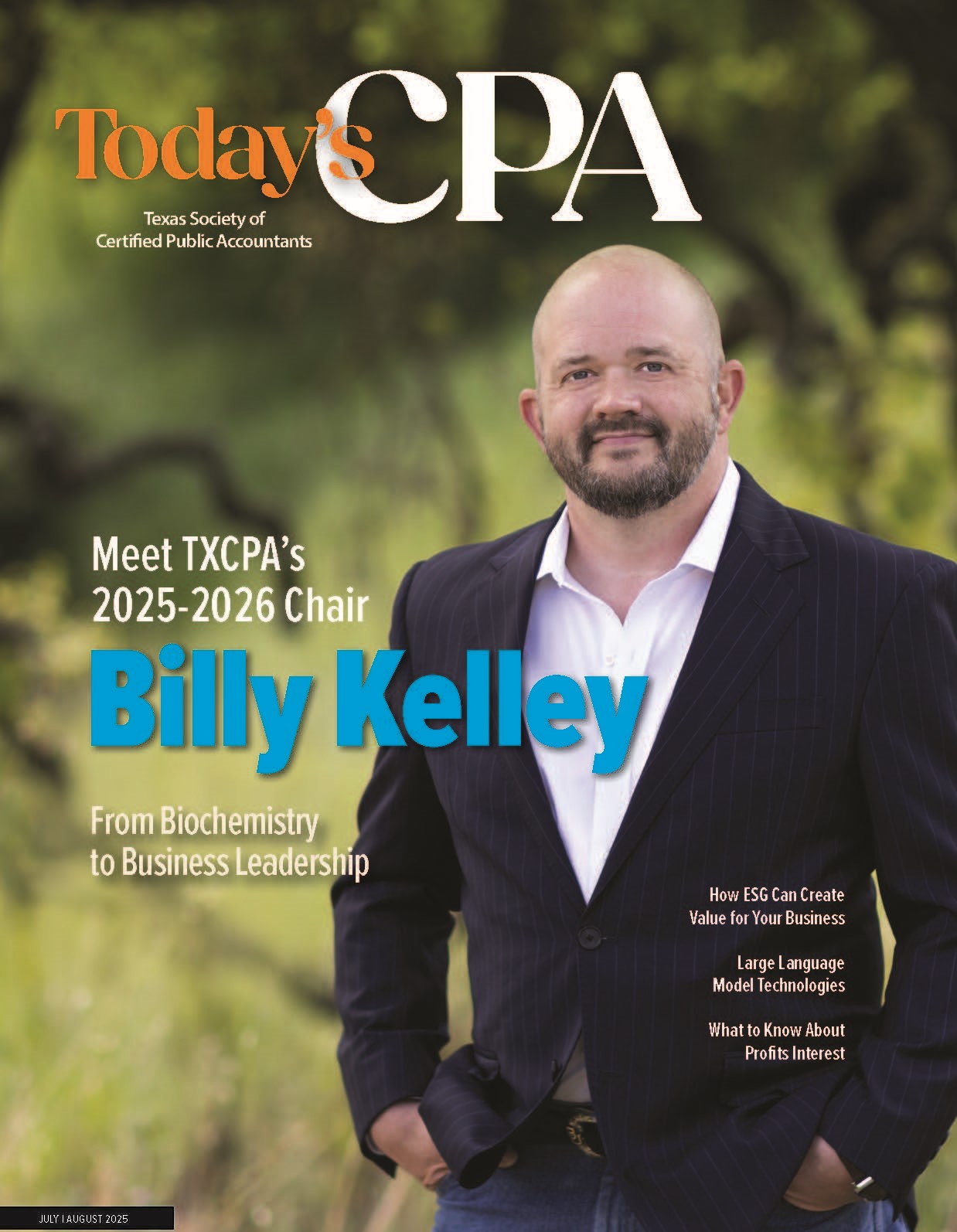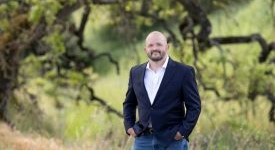Acquisitions of Cloud-Based Services and Products
By Josef Rashty
Accounting issues of cloud-based arrangements have become complicated due to different accounting treatments of their multiple components such as internal-use software, leases and service arrangements. These components often require different revenue and expense recognition patterns and balance sheet presentations.
Cloud-based arrangements are usually structured as either service arrangements or internal-use software, but they may also involve a combination of both internal-use software and service arrangements. This article is a compendium of accounting treatments for different types of cloud-based arrangements. It explicates the accounting issues from an acquirer’s perspective; in other words, it focuses on expense rather than revenue recognition of cloud-based arrangements.
Cloud-Based Service Arrangements
It is common for cloud software to be hosted on the platform or infrastructure of a third party rather than that of the customer. If the software is hosted on the customer’s cloud instance, the customer has possession of the software and the arrangement would be subject to GAAP licensing guidance (discussed in the next section).
By contrast, if the software is hosted on the vendor’s cloud instance and the customer cannot otherwise obtain possession of the software without significant penalty, the arrangement is a cloud-based service arrangement.
If so, GAAP views the cost of services as operating expenses similar to other executory service contracts. If companies have paid the cost of arrangement in advance, they classify them as prepaid expenses and ratably amortize them as expenditures over the life of the service arrangement.
Accounting for costs of implementation follows the guidance in ASC 350-40. The guidance requires that companies expense the following expenses as incurred:
- Preliminary stage expenses of the project (e.g., project planning activities);
- Post-implementation activities costs (e.g., maintenance activities);
- Training activities expenses;
- Costs of data conversion and related activities.
However, costs of application development (e.g., configuration and customization of software) are eligible for capitalization.
ASU 2018-15, Customer’s Accounting for Implementation Costs Incurred in a Cloud Computing Arrangement, aligned the accounting for implementation costs incurred by a customer in a hosting arrangement that does not include a license with one that does.
This ASU requires companies to capitalize potentially significant implementation costs incurred in a cloud-based arrangement, which were often expensed as incurred under the legacy GAAP and amortize them to expense over the term of the hosting arrangement. This term includes the noncancellable period of the contract plus any optional renewal periods that are reasonably certain that the customer may exercise or the vendor has the control to exercise the renewal option.
Companies generally amortize the capitalized implementation costs of a cloud-based service arrangement over the term of the agreement on a straight-line basis, unless there is a more appropriate systematic and rational basis that is a better representative to reflect the benefit that companies receive from the hosted technology.
Companies should assess the capitalized implementation costs of service arrangements for impairment based on ASC 360-10-35.
FASB’s guidance provides the following examples of events or circumstances that may result in impairment of capitalized implementation costs (ASC 350-40-35-11):
- The service arrangement no longer provides any substantial service;
- There is a significant change in the extent or manner in which the hosting arrangement is expected to be used;
- The service arrangement is expected to be discontinued.
Cloud-Based Internal-Use Software
Even though it is often more common for companies to use a host platform, they can also implement the software on their own hardware rather than a third-party platform. If so, GAAP views the acquisition of the software as a capital expenditure and requires its classification as an internal-use software (an intangible asset) on acquirers’ balance sheets.
ASC 350, Intangibles – Goodwill and Other, provides the guidance for software developed or purchased for internal use and it is not that different than the guidance for the acquisition of any other long-lived assets. ASC 350-40-30-1 states that the costs of computer software developed or obtained for internal use include the following:
- External direct costs of materials and services consumed in developing or obtaining internal-use computer software (e.g., costs to obtain the computer software, development fees to third parties and travel expenses);
- Payroll and payroll-related costs related to internal development, enhancement and testing of software;
- Interest costs incurred for the development of the internal-use software (ASC 835-20).
GAAP allows for capitalization of these costs; however, certain costs are usually expensed as incurred (e.g., training costs, data conversion costs, and administrative and overhead costs).
Companies amortize the cost of the capitalized software ratably based on its useful life (usually the duration of the cloud-based arrangement). Companies should periodically assess the estimated useful life over which they should amortize the costs that they have incurred for the development of internal-use software by taking into account factors such as technological obsolescence and any other economic factors (ASC 350-40-35-5).
The amortization begins when the software is ready for its internal use, regardless of whether the software has been in service. It is feasible that companies acquire additional hardware and other supplies to implement the software. If so, the costs of equipment and supplies are capitalized or expensed according to GAAP guidance.
Companies should test internal-use software for impairment like any other long-lived assets (ASC 360-10-35). A triggering event may also require impairment testing (ASC 360-10-35-21). For example, there may be an instance that a company does not expect its internal-use computer software to have a substantive service potential due to economic factors (ASC 350-40-35-1).
Lease Arrangements
Cloud-based arrangements may become more complicated if multiple components (e.g., a server and software) and leases are involved in the arrangement. ASC 842, Leases, requires that if a cloud computing arrangement contains a lease of the equipment used to provide the related services, the company recognizes a right-to-use (ROU) asset and a liability for the lease payments on its balance sheet.
The November/December 2016 issue of Today’s CPA magazine included an article written by Josef Rashty and John O’Shaughnessy titled “An Introduction to Lessee Accounting (Topic 842, Leases).” This article expounded on some of the more technical implications of lessee accounting under ASC 842 (https://josefrashty.com/uploads/3/4/1/9/34190589/2016-11_lessee_tcpa.pdf).
ASC 842 provides for three different lease models: capital leases, operating leases and short-term leases. GAAP requires lessees to recognize a right-of-use (ROU) asset and a lease liability on their balance sheets for virtually all lease obligations (except for short-term leases). Under the new guidance, a lessee can elect (by asset class) not to reflect on its balance sheet a lease whose term is 12 months or less and that does not contain a purchase option that the lessee is reasonably certain to exercise.
A lease contract principally gives a customer the right to control the use of the underlying asset in exchange for consideration (ASC 842-10-15-3). In a lease contract, a lessee has both of the following characteristics (ASC 842-10-15-4):
- The right to obtain substantially all of the economic benefits from the use of the underlying asset;
- The right to direct the use of the underlying asset.
GAAP requires a company to assess at the outset if its cloud-based arrangement is a lease contract or contains a lease component, and to further reassess its status only in the event of modifications to the contract. A cloud-based arrangement that is a lease could significantly impact the financial statements of the company.
The following agreements are not within the scope of the lease guidance (ASC 842-10-15-1):
- Leases of intangible assets*;
- Leases to explore for, or for the use of, minerals;
- Leases of biological assets;
- Leases of inventory;
- Leases of assets under construction.
* Companies that acquire internal-use software under cloud-based arrangements cannot classify it as a lease under ASC 842.
The previous guidance (ASC 840) required that lessees consider whether a lease meets any of the following criteria as part of classifying the lease at its inception into capital or operating lease:
- The lease transfers ownership of the lease item to the lessee by the end of the leased term.
- The lease contains a bargain purchase option.
- The lease term is equal to 75 percent or more of the estimated economic life of the leased item.
- The present value of the minimum lease payments (with certain exceptions) at the beginning of the lease term equals or exceeds 90 percent of the excess of the fair value of the leased item to the lessor at lease inception (with certain exceptions).
ASC 842 eliminated the bright-line criteria in (3) and (4) above and replaced the above criteria with the following five subjective guidelines (ASC 842-10-25-2):
- The lease agreement transfers ownership of the underlying asset to the lessee by the end of the lease term.
- The lease grants the lessee an option to purchase the underlying asset and the lessee is reasonably certain that it will exercise the option.
- The lease term covers the major remaining economic life of the underlying asset.
- The present value of the sum of the lease payments and any residual value guaranteed by the lessee equals or exceeds substantially all of the fair value of the underlying asset.
- The underlying asset has such a specialized nature that it is expected to have no alternative use to the lessor at lease end.
The objective of ASC 842 is to ensure that the control of the underlying asset is transferred to the lessee, and the lessee has the risks and rewards of ownership. Even though FASB has eliminated the bright lines in ASC 840, it does not necessarily prohibit an entity from applying them within the framework of the new guidance.
Multi-Element Arrangements
The acquirer of a cloud-based multi-element arrangement may account for each element of the arrangement separately or account for them on a lump-sum basis.
For example, an arrangement may include cloud services, hardware (e.g., a server) and software. In this example, the acquirer may account for software as an internal-use software, capitalize the hardware and reflect the cloud services expenses as an ongoing operating expense. As an alternative, it can record the whole arrangement as a single performance obligation and account for them as a single unit.
The accounting treatment depends on the contract and the obligations of the buyers and sellers. However, the author believes that the buyer can rely by analogy on the guidance that sellers follow (e.g., ASC 606, Contracts with Customers) to determine the accounting treatment.
ASC 606 guidance requires that the seller identify if performance obligations in contracts containing software, hardware and cloud services are capable of being distinct and whether they are distinct within the context of the contract (ASC 606-10-25-21). For example, if the cloud software requires the hardware, and neither of them is capable of functioning without the seller’s services, then the elements of the contracts are not distinct. Another example is that the contract obligates the acquirer to buy the cloud software, hardware and services as a bundle. If so, the elements of the contract cannot be considered as distinct.
ASC 606 requires that companies assess the relevant facts and circumstances to determine whether the elements of a contract are separate performance obligations.Companies can view related software, hardware and cloud-based services as a single performance obligation (based on ASC 606), if and only if they can demonstrate that they augment each other’s functionality significantly. Otherwise, they may conclude that they have separate performance obligations. In summary, acquirers of cloud-based arrangements account for contracts by analogy to sellers’ accounting policies and decisions.
Summary of Cloud-Based Arrangements Accounting
The schedule in Table 1 is a summary of accounting guidance for the accounting treatment of different elements of cloud-based arrangements on the financial statements, which this article covered earlier.
Accounting Issues of Cloud-based Arrangements From an Acquirer’s Perspective
This article expounded on some of the accounting issues related to the acquisition of cloud-based arrangements. Most of the accounting literature focuses on the revenue recognition of cloud-based services, whereas this article focused on the expense recognition of these contracts from the acquirers’ perspective.
Several FASB standards guide the accounting classification and disclosures of these contracts. Like many other areas of accounting, management needs to exercise judgment for capitalization and impairment of expenditures.
About the Author:
Josef Rashty, CPA, Ph.D. (Candidate), is a member of the Texas Society of CPAs and provides consulting services in Silicon Valley, Calif. He can be reached at j_rashty@yahoo.com.















